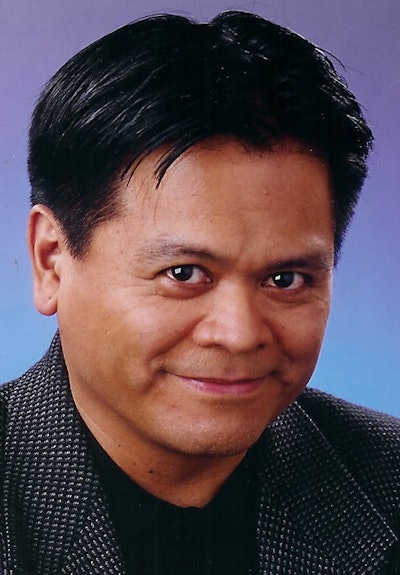As university administrators and admissions officers scramble to comply with the Supreme Court’s opinion, here’s the counterintuitive way out.
Be color blind. But keep talking about race.
I’ve always talked about race. And now, I’m upping the volume. The Supreme Court made me do it. The six conservatives may have on their race blindfolds (the ones they want everyone to wear). But they don’t have earplugs.
To students, if you were bashful before, don’t be. It’s time for all of us to tell our stories. Loudly. Race impacts your life but you don’t say? Say it now. Especially on college applications. I had told a friend, a female Harvard classmate, that I thought I would cry when, as expected, the Supreme Court finally ruled against the use of race in college admissions. It would be like Dodd and Rowe. A roll back. She understood. Emil Guillermo
Emil Guillermo
And then the court ruled. But I didn’t cry.
Maybe it’s because I had a dental procedure scheduled in the morning. Nothing like a double dose of Lidocaine to numb me while absorbing the opinion. It helped me deal with the pain. I didn’t feel it. I just got mad.
Chief Justice John Roberts was at Harvard the same time I was there. And I realized I had failed in my original race mission back in the ‘70s. My mere presence at “that school in Boston” did not persuade young Roberts of the merits of diversity. What about the mutual benefits of having an underprivileged Filipino kid as part of the student body at Harvard? Because I was not just there to take. I was there to give to America’s future leaders, like Roberts, a real world understanding beyond white preppie-dom, and to help him build the kind of empathy he’d need to have as a chief justice of the United States.





















